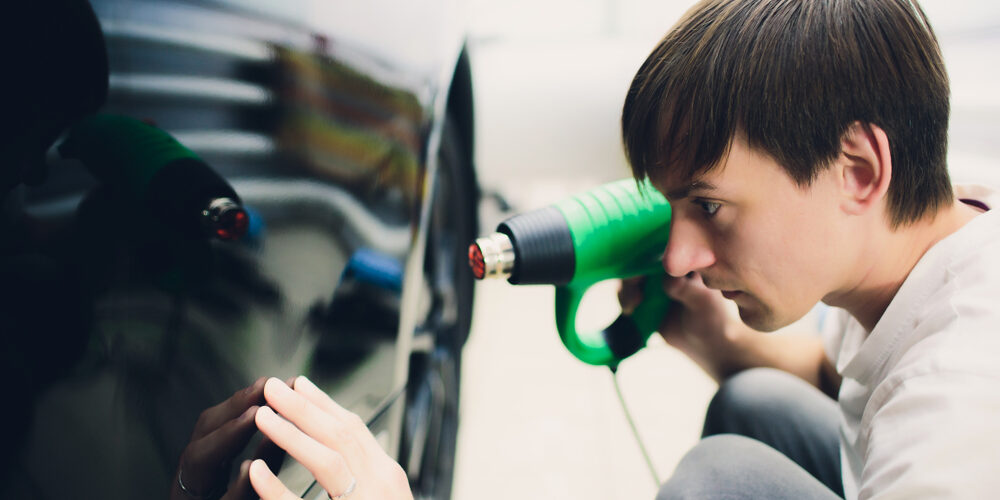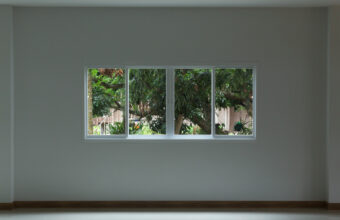Nighttime driving presents unique challenges, from reduced visibility to the glare of oncoming headlights. Ceramic window tint, known for its exceptional heat rejection and UV protection capabilities, also raises questions regarding its impact on visibility after dark. Let’s explore whether ceramic tint is a friend or foe to drivers when the sun goes down.
Understanding Ceramic Tint
Ceramic window tint is made from ceramic particles known for their non-conductive properties. Unlike dyed or metallic tints, it doesn’t contain metals, making it highly effective at blocking heat and UV rays without interfering with electronic signals. But what about its effect on nighttime visibility?
Benefits of Ceramic Tint for Night Driving
Enhanced Visibility
- Clarity – Ceramic tints are designed to maintain high levels of visibility, both during the day and at night. They don’t have the inherent reflective properties that some metallic tints possess, which can sometimes reduce visibility in low-light conditions.
- Reduced Glare – Ceramic tints can significantly reduce glare from streetlights and oncoming headlights, making nighttime driving more comfortable and less straining on the eyes.
Safety and Comfort
- UV Protection – The protection against UV radiation is just as crucial at night, especially for long hours of driving under streetlights that emit a spectrum of light.
- Heat Rejection – While heat rejection is a daytime benefit, the thermal properties of ceramic tints help maintain a comfortable cabin temperature, which can be beneficial for night drives in warmer climates.
Choosing the Right Ceramic Tint for Night Driving
- Visible Light Transmission (VLT) Levels – The key to ensuring good nighttime visibility lies in choosing a ceramic tint with an appropriate VLT%. A higher VLT% means more light is allowed through the tint. For nighttime driving, selecting a ceramic tint with a higher VLT% will ensure that visibility is not compromised.
- Professional Consultation – Consulting with a professional window tint installer can provide insights into the best VLT% for your specific needs, balancing heat and UV protection with optimal visibility at night.
Legal Considerations
It’s important to consider local laws and regulations regarding window tint. Some regions have specific restrictions on the VLT% allowed, especially for the front side windows and windshield, to ensure driver visibility and safety at all times, including at night.
Ceramic window tint offers a promising solution for drivers seeking to enhance their nighttime driving experience without compromising on safety and visibility. By reducing glare and maintaining clarity, ceramic tints can make driving after dark safer and more comfortable. Choosing the right tint level and ensuring professional installation are crucial steps to enjoying the benefits of ceramic tint, day and night. Always check local regulations to ensure your tint complies with legal standards, maximizing both your driving enjoyment and safety on the road.






